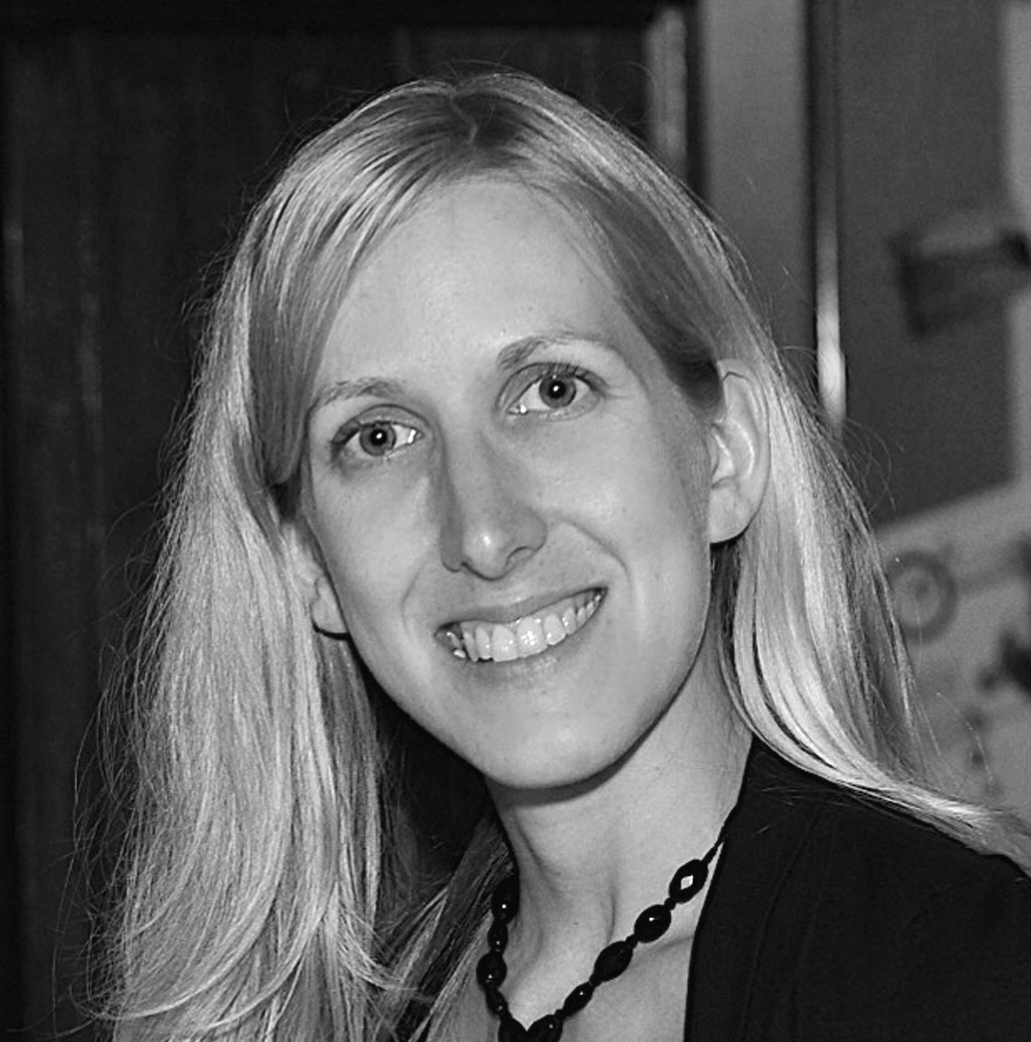
Abstract
Metallic nanoparticles support strong, localized oscillations of conduction electrons – surface plasmons – that have recently enabled significant improvements in photovoltaic and photocatalytic cell efficiencies. While considerable research has investigated the potential for somewhat larger plasmonic particles (>20 nm) to enhance solar energy conversion, most catalytic reactions rely on the high catalytic activity of very small metallic particles. In this presentation, we explore the plasmonic and catalytic properties of such small metallic nanoparticles, with the aim of using plasmons to both monitor and enhance catalytic reactions. We first investigate the plasmon resonances of individual nanoparticles as their sizes are reduced from 20 nm down to less than 2 nm. We find that plasmon resonances are influenced by quantum confinement effects for particles smaller than 5 nm. Then, we study the photocatalytic activity of individual metal nanoparticles coated with titania. Shifts of the plasmon resonance probe addition or removal of electrons during a redox reaction, providing insight into charge-separation mechanisms. Finally, we explore the potential to achieve broadband solar absorption in photocatalytic and photovoltaic systems using upconversion. Calculations indicate that upconverting materials can significantly improve cell efficiencies, and we develop the experimental techniques to realize high-efficiency upconversion by tailoring the optical density of states via plasmonics and the electronic density of states via pressure measurements. Our single-particle measurements unravel the interplay of particle structure and function, and provide a platform for enhancing future photocatalytic and photovoltaic systems.
Biography
Jennifer Dionne is an assistant professor in the department of Materials Science and Engineering at Stanford University. Jen received her Ph. D. in Applied Physics in 2009 at the California Institute of Technology, under the supervision of Dr. Harry Atwater, and joined Stanford following a postdoctoral research fellowship at the University of CA, Berkeley and Lawrence Berkeley National Laboratory, working with Dr. Paul Alivisatos. Jen’s research develops new optical materials for applications ranging from high-efficiency solar energy conversion to bioimaging and manipulation. Her research has led to new theoretical and experimental techniques for manipulating light-matter interactions, including demonstration of the first negative index material at visible wavelengths (2007), development of subwavelength silicon electro-optic modulator (2009), development of quantum plasmonic materials and metamaterials (2012), and demonstration of a metamaterial fluid (2013). Her work has been recognized with a NSF CAREER Award, AFOSR Young Investigator Award, Outstanding Young Alum award from Washington University in St. Louis, and the Materials Research Society Gold Award. In 2011, she was named one of Technology Review's TR35 - 35 international innovators under 35 tackling important problems in transformative ways.